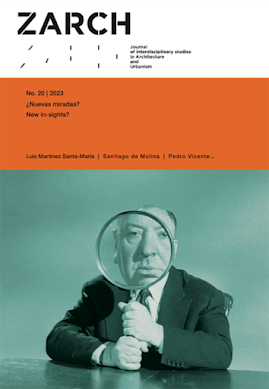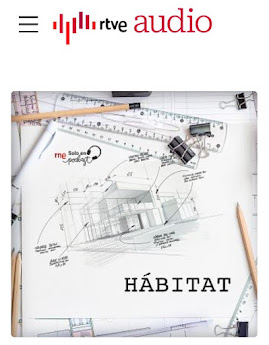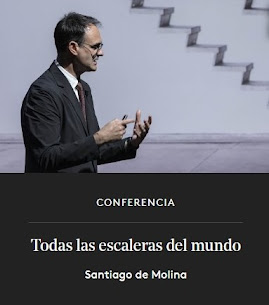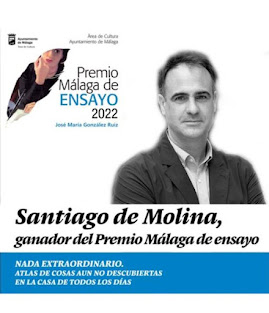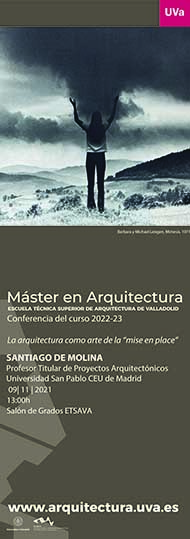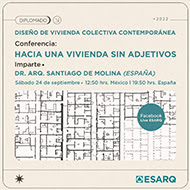Pero, para construir un edificio, hay que abrirla en canal. Y contra eso, frente a la naturalidad con que la tierra disfruta de ver a los topos o a las hormigas horadar su piel, muestra una rebeldía callada pero constante. La herida infligida acumula piedras, barro y fatiga. Sea un edificio grande o pequeño, salir de ese hueco requiere un trabajo que roza lo sobrehumano. En ese orificio, la tierra parece tirar hacia dentro como una venganza por la herida abierta sin su permiso.
Siempre al borde de la extenuación, los constructores luchan por salir de esa trinchera cuanto antes, porque permanecer mucho tiempo sin que asome la obra resulta desmoralizador y tremendamente costoso. El asomar de la obra por ese hueco abierto, para que la arquitectura vea la luz, requiere enjugarse el sudor sin descanso. Solo cuando los primeros muros o pilares sobresalen puede hablarse propiamente del trabajo de la arquitectura.
A partir de ese momento, todo es coser y cantar –construir y cantar–, y el necesario sudor es entonces de otro tipo: uno impregnado de polvo y hollín, pero no de barro. Pueden consultarse entonces, con más calma, los papeles llenos de precisas líneas. Mientras tanto, la tierra, ya domesticada, puede que asuma esa nueva carga y hasta establezca buenas relaciones con ella, si ve en la forma de trato la educación y el respeto debidos.
But to build a structure, the earth must be split open. And against this act, in stark contrast to the ease with which it tolerates moles or ants tunneling through its skin, it shows a quiet but constant defiance. The wound inflicted gathers stones, clay, and fatigue. Whether the structure is large or small, emerging from that hollow requires an effort that borders on the superhuman. From within that cavity, the earth seems to pull inward, as though seeking revenge for the wound inflicted without its consent.
Always teetering on the edge of exhaustion, builders fight to emerge from that trench as quickly as possible, for lingering too long without the structure breaking ground is both demoralizing and tremendously costly. For architecture to see the light of day, the act of rising out of that open hollow demands relentless toil and sweat. Only when the first walls or pillars rise can the work of architecture truly begin.
From that moment onward, it’s all smooth sailing—building and rejoicing—and the sweat that follows is of a different kind: one tinged with dust and soot, but no longer with mud. Only then can the meticulously drawn plans, filled with precise lines, be consulted with greater calm. Meanwhile, the earth, now tamed, might accept this new burden and even establish a kind of harmony with it, provided it recognizes in the treatment the care and respect it is due.























